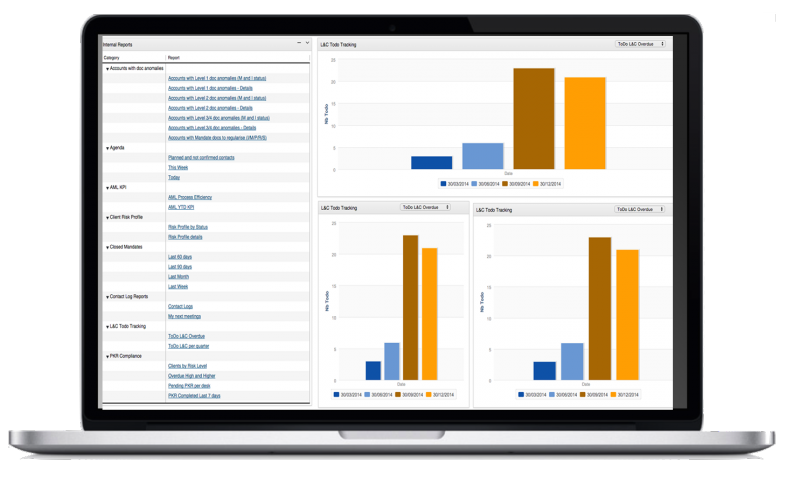Whitestein Technologies is proud to be a Platinum Sponsor to the annual...
You are here
Blog
With unprecedented digital disruption in the banking industry, community and regional banks are facing new challenges—and new opportunities.
Complying with ever-evolving regulations is a tremendous challenge for financial institutions. It’s not “just” tracking and complying with the myriad requirements of MiFID II, FATCA, OECD-AEoI, FinfraG, FIDLEG, PRIIPs, AIFMD, HKMA, and Dodd-Frank—though this is challenging enough.
A stated goal of Artificial Intelligence is to "provide augmented intelligence that will surpass humans in accuracy and insight or strength and agility.”[1] AI is rapidly becoming ubiquitous in multiple industries, with many focusing on the utility of machine learning techniques for complex information processing and analytics.
The Vienna Insurance Group in Europe is using the new mobile features of LS/ICA to achieve substantial improvements in the accuracy of claims and speed of processing.
Whitestein’s vertical solution for insurance claims adjustment (LS/ICA) is an innovative and complete process-oriented claims adjustment solution.
Customer experience is an essential source of competitive differentiation, yet rarely are Customer Service Representatives (CSRs) able to focus on providing truly high quality work, instead their time and efforts are wasted with outmoded IT systems. Lack of integration, process consistency, and crucially, intelligence that helps rather than hinders, are all missing from the vast majority of software in use by CSRs today.
How quickly and easily can your organization ramp up a new process? The US Department of Veterans Affairs (VA) faced this challenge when it implemented the Post-9/11 Veterans Education Assistance Act of 2008. The process focused on expanding educational and housing benefits for military veterans who have served since September 11, 2001.
Users are often the first to spot a new opportunity or a need within a business process but haven’t traditionally been able to influence processes themselves; they’ve had to wait for technical experts. Now Whitestein’s LSPS 3.1 puts users in the driver’s seat: it makes on-the-fly customization easy by capitalizing on the application scaffolding introduced in LSPS 3.0 to offer user-initiated process change.
Looking to develop applications even faster? To take advantage of opportunities as they arise--or to dodge emerging threats--you’ve often got to change up your apps at the speed of business.
While traditional BPM is about supporting an automated flow of actions and authorizations, goal-oriented BPM takes a big-picture view, starting with a focus on the overarching business goal itself rather than individual actions. This goal can be a one-off milestone or--more likely--a target level of service for ongoing processes, such as, “ensure onboarding process completes by 5 PM Monday through Friday,” or “ensure drone delivery timeframes are never exceeded by +/- 15 minutes,” or “keep average loan processing times below eight hours.”










